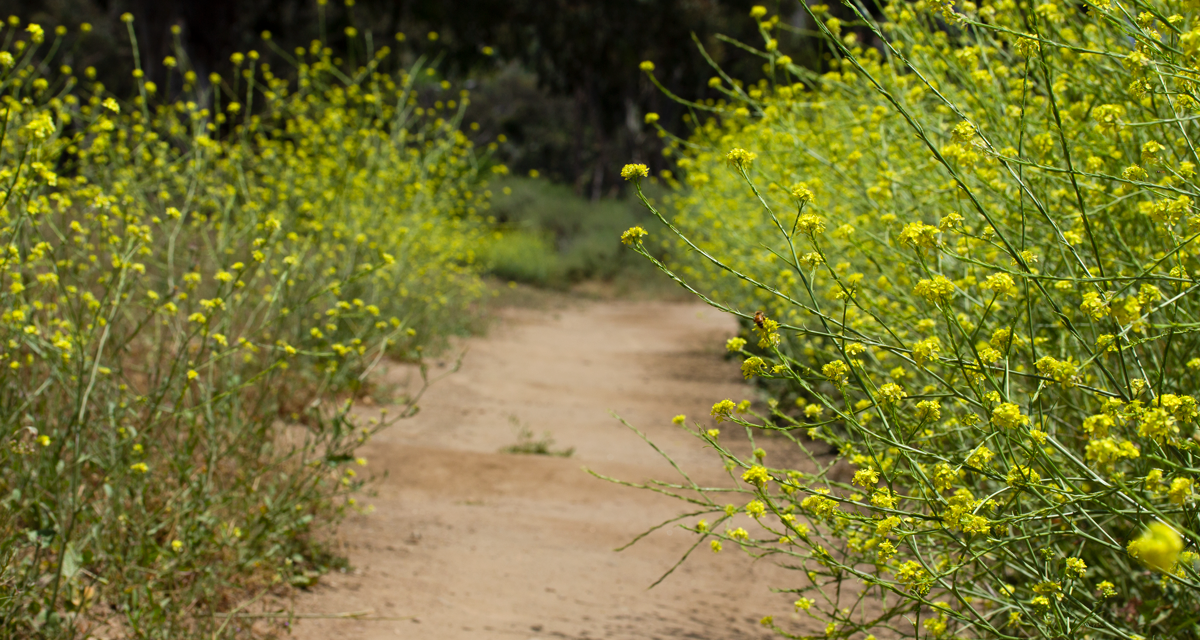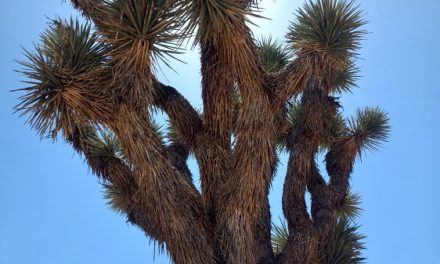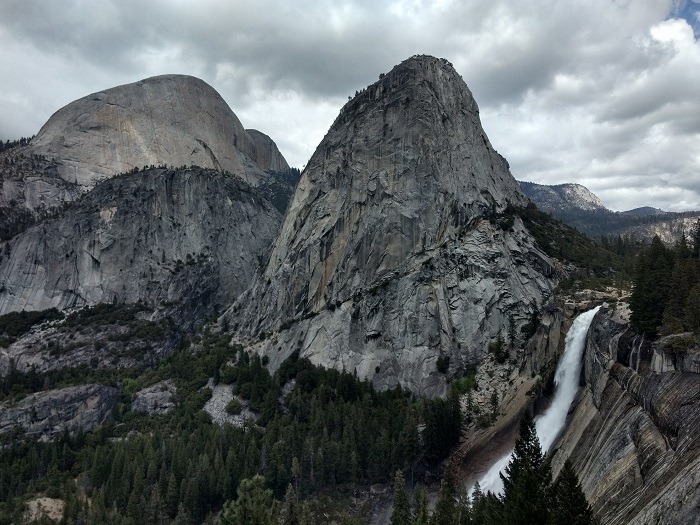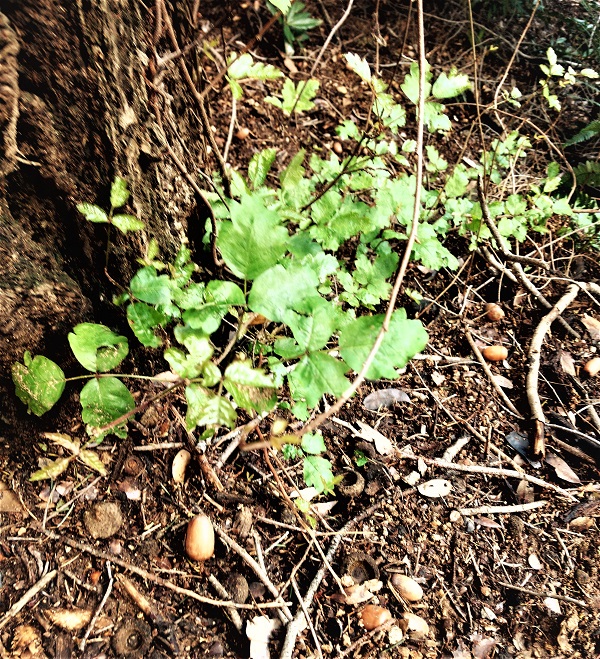Each spring black mustard turns the hills and valley’s of California a golden-yellow. The vibrant hills may be pleasing to the eye but this plant is decimating local plant populations, decreasing viable habitat for native animals, and drastically increasing wildfire fuel.
Each winter California gets the bulk of its winter rains. The annual life giving rainfall brings some much needed greenery to the valleys and hills. In Southern California, the annual “So. Cal. Brown” briefly turns to a pleasant green. This time of year is when many plants flower. In recent years, large swaths of valleys and hills are briefly covered with with vibrant yellow flowers. The plant responsible for these bright colors is black mustard. Although these bright blooms can be pleasing to the eye they are a huge problem invading local habitat.
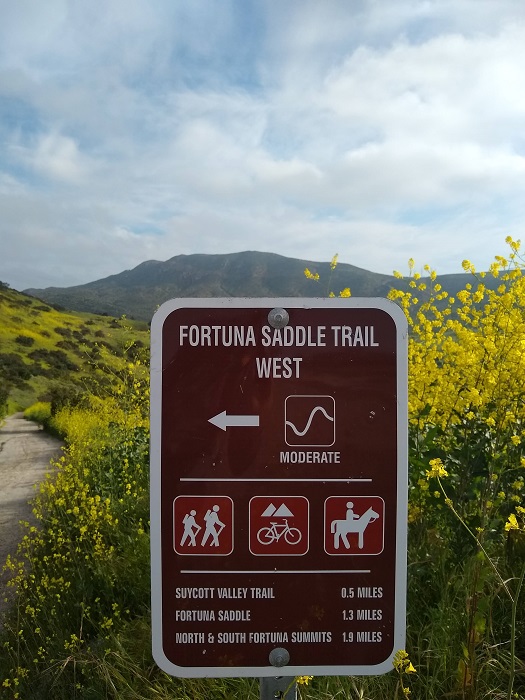
What Is Black Mustard?
Odds are, if you’re a California resident near the coast, you’ve likely seen this plant blooming while driving down the highway. The most highlighting characteristic of black mustard is it’s bright yellow flowers that bloom each spring. If you’ve ever been on a hiking trail by this plant, you’d see it’s slender stems with narrow leaves growing up to six feet in height. Black mustard is most commonly found in the coastal valleys and mesas but can grow in elevations up to seven thousand feet. The plant gets more common further south in California.
Pictured: Acres of black mustard blooming along the hills in Mission Trails Regional Park.
Aside from the bright yellow flowers which most people know this plant by, its common use is table mustard. The small black seeds are mixed with oil and vinegar to make mustard. Globally, these seeds are a lucrative venture and in some form sit in the pantry of millions of homes. However, in California, this plant is an ecological disaster.
California’s Mustard Problem
Black mustard is native to the areas of the Middle East, southern Europe, and southern Asia. The plant was introduced to the Americas at some point and in these parts of the world it’s considered an annoying weed. Over the last one hundred years, significant urban sprawl has taken place throughout much of coastal California. Prior to this, much of the hills were covered in chaparral and native vegetation. Many species of chaparral have waxy leafs which help preserve water throughout the dry season. Local plant species are much better at preserving water and in turn, makes available moisture in the soil last longer.
In recent years, black mustard populations have been disproportionately taking over local plant habitats. One reason can be attributed to an increase in frequency and intensity of wildfires. One of the problems is that native plant regeneration through disturbed areas of land is very slow. To compound the issue, frequent droughts have also dampened the ability for native vegetation to take hold.
Naturally, native plant regeneration after fires can take over a decade. Lack of rainfall doesn’t help. Unfortunately, black mustard thrives in disturbed areas and growth highly outpaces that of local vegetation. Black mustard isn’t well equipped to survive through the long annual dry periods that California has. The plant dies off by summer leaving behind a thick fuel source for potential fires (1).
As that isn’t enough, chemicals released from the stalks of black mustard plants inhibit the germination of surrounding plants. Thriving back mustard colonies choke out native vegetation making it harder to repopulate recent disturbed areas. The mustard also quickly uses up soil moisture leaving little available water for native vegetation. Black mustard patches also lack the ability to support the same amount of biodiversity that local chaparral does. This leaves a smaller amount of native habitat available for animals, reptiles, and birds straining their populations (1).
What Can Be Done To Solve California’s Black Mustard Problem?
With so many big problems caused by black mustard, is there a reasonable fix to this problem? There are several things that we can do as individuals to help reduce the spread of black mustard.
- Do your part to prevent any wildfires. This includes forgoing camp fires or withholding yard work during dry weather events. Dry black mustard is a high fuel source for fires. The seeds also thrive in recently burned areas quickly choking out native habitat.
- Volunteer for a local habitat restoration event. Many conservancy agencies and hiking clubs regularly hold events to help rid areas unwanted plants. Check within your local area for more information.
- The use of chemicals to reduce the population of black mustard is not recommended. The ability to find a biochemical agent that will preserve local plant life has been hard to come by (2).
- The most effective method of removing black mustard is through mechanical elimination such as manual weeding. Pruning stems before the plants go to seed can also work (2).
- Black mustard seeds thrive after fires. Prescribed burning should not be used to eliminate dry mustard foliage.
Source:
1. N.a. “Black Mustard (not native). Nature Conservancy. https://thenaturecollective.org/plant-guide/details/black-mustard-not-native/. Accessed 27 March 2020.
2. DiTomaso, J.M. et. al. “Black Mustard.” Weed Control In Natural Areas In The Western United States. Weed Research and Information Center, University of California. https://wric.ucdavis.edu/information/natural%20areas/wr_B/Brassica_nigra.pdf. Accessed 31 March 2020.

